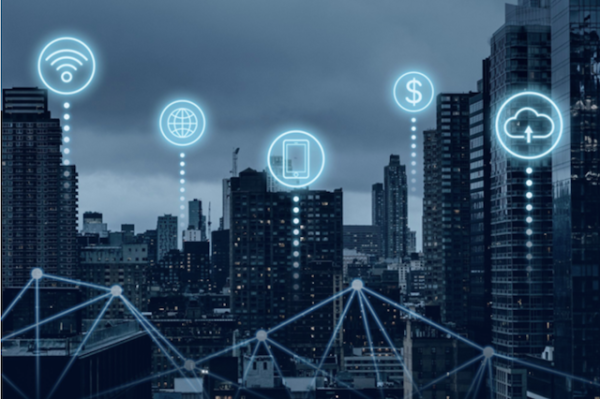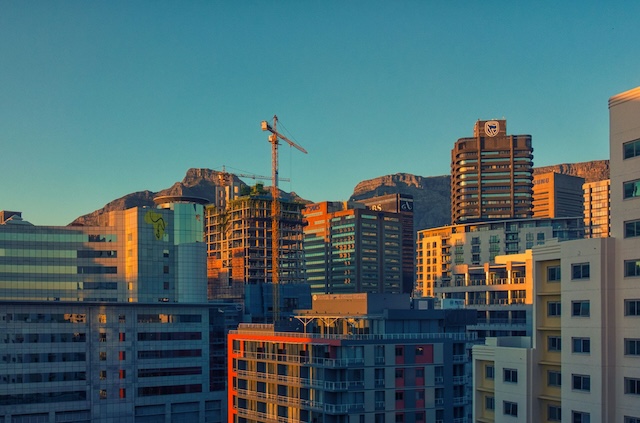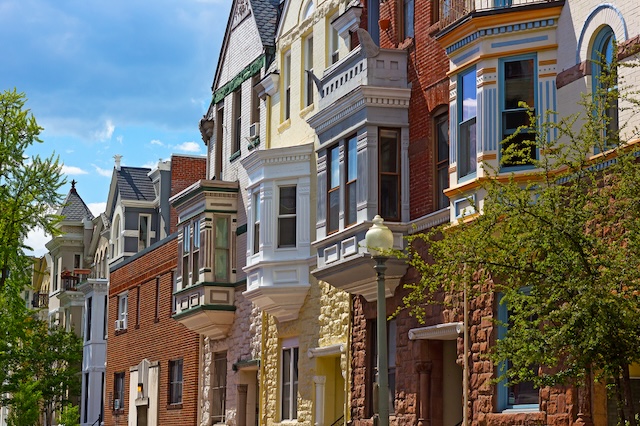Branded Content by Cosmic Press
Urban development has always been a dynamic field, continuously evolving to meet the needs of growing populations and changing societal demands. Today, several new trends are shaping the future of our cities, driven by technological advancements, sustainability efforts, and a deeper understanding of community needs. development initiatives.
Smart Cities
One of the most significant trends in urban development is the rise of smart cities. These cities leverage technology to improve the quality of life for their residents, enhance efficiency, and reduce costs. Smart cities utilize a wide array of technologies, including the Internet of Things (IoT), big data, and artificial intelligence (AI), to optimize everything from traffic management to energy consumption.
The concept of smart cities extends to various sectors such as healthcare, education, and public safety. For instance, smart traffic management systems use sensors and AI to reduce congestion and pollution. Similarly, smart grids help manage energy consumption more efficiently, reducing costs and environmental impact.

Sustainable Development
Sustainability is at the forefront of modern urban development. Cities are increasingly adopting green building practices, renewable energy sources, and sustainable transportation options to minimize their environmental impact. Green buildings, for example, use materials and designs that reduce energy consumption and promote environmental health.
Another key aspect of sustainable urban development is the creation of green spaces. Parks, urban forests, and green roofs not only enhance the aesthetic appeal of cities but also provide essential benefits such as air purification, temperature regulation, and recreational spaces for residents.
An app focused on sustainability could include features like green building certifications, renewable energy tracking, and tips for sustainable living. Developing such an app might cost between $100,000 to $250,000, depending on the scope and functionality.
Community-Driven Development
Community-driven development emphasizes the active participation of local communities in shaping their urban environment. This trend recognizes that residents have unique insights into their needs and can contribute valuable ideas to urban planning and development projects.
Participatory budgeting is one example of community-driven development. This process allows residents to have a direct say in how public funds are spent, fostering greater transparency and accountability. Similarly, community-led urban agriculture projects are gaining popularity, transforming vacant lots into productive green spaces that provide fresh produce and strengthen community bonds.
How much does it cost to make an app for community-driven development? An app facilitating community engagement and participation could range from $50,000 to $150,000. Features might include community forums, project voting mechanisms, and real-time updates on local development initiatives.

Mixed-Use Developments
Mixed-use developments combine residential, commercial, and recreational spaces within a single area, creating vibrant, self-sustaining communities. These developments reduce the need for long commutes, promote walkability, and foster a sense of community.
Mixed-use developments often include a variety of housing options, retail spaces, offices, and entertainment venues, all within walking distance. This approach not only enhances the quality of life for residents but also stimulates local economies by attracting businesses and creating jobs.
Support mixed-use development app might offer features like property listings, community event calendars, and local business directories. The development cost could range from $75,000 to $200,000, depending on the level of detail and user interaction required.
Resilient Infrastructure
In response to increasing climate-related challenges, cities are investing in resilient infrastructure designed to withstand extreme weather events and other disruptions. This includes flood-resistant buildings, improved drainage systems, and infrastructure that can adapt to changing environmental conditions.
Resilient infrastructure not only protects urban areas from natural disasters but also ensures the continuity of essential services during crises. For example, backup power systems and water supply networks are critical components of resilient urban infrastructure.
Focusing on resilient infrastructure could provide emergency alerts, real-time monitoring of critical systems, and resources for disaster preparedness. Developing such an app might cost between $100,000 to $300,000, based on its complexity and features.
Conclusion
Urban development is rapidly evolving, driven by technological innovations, sustainability efforts, and a deeper engagement with local communities. As cities strive to become smarter, greener, and more resilient, the role of technology becomes increasingly vital. Understanding price that supports these initiatives is essential for planners, developers, and stakeholders aiming to create better urban environments. By embracing these new trends, cities can improve the quality of life for their residents and ensure a sustainable, prosperous future.
Branded content furnished by our promotional partners. The Daily Sundial editorial staff is not involved in its production. Content does not reflect the views or opinions of the editorial staff.








